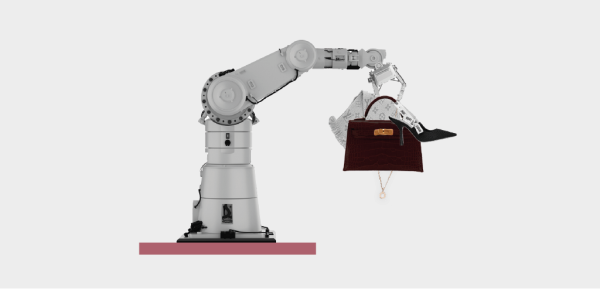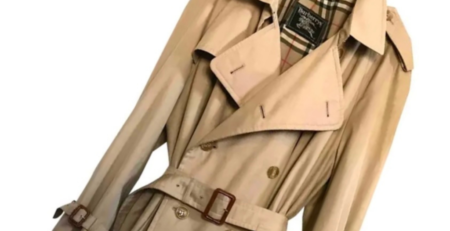How technology impacts the fashion industry in a more sustainable way

Pollution, waste, and unethical practices are still at the forefront of the fashion industry. Every year, our clothes consumption generates 500,000 tonnes of plastic micro-particles of synthetic fabrics into the oceans. The textile industry emits 10% of the world’s carbon and produces 20% of water waste. These alarming facts are why more clothing brands are rethinking and reshaping their production and supply chain processes. To create fashion in the most considerate way in terms of both humanity and the environment, reducing the environmental impact is crucial. More brands and actors of change are working towards installing a system that works without leaving a negative carbon footprint.
Specifically, many people are nowadays aware of the negative impact the fashion industry has on the environment and seek out brands, clothes, and methods that are sustainable to harness and encourage change—choosing ethical brands instead of fast-fashion brands which do not design clothes to last but as artifacts of a particularly consumptive era. Now, consumers pay close attention to the quality of their apparel, its overall supply chain practices as well as its production processes. Many of them are catching on to the latest trends in textiles and technology and are consciously choosing materials engineered to last longer and produce less waste. This is the way forward.
We are now recognizing the impact of our buying decisions. Not as an inconsequential part of our modern lifestyles that change with every season, but because of the environmental and human responsibility attached to our purchases, which will significantly affect the future of our planet.
We have all been a part of the problem and can also be a part of the solution. Technology provides us with an opportunity to develop both our manufacturing and distribution processes within the fashion industry to help preserve the environment around us.
With the rise of 3D printing in fashion, we can really begin to see how innovation and technology can help brands become more sustainable. 3D printing is a manufacturing process where digital designs can create real products. 3D printed clothing can lead to significantly less textile wastage than traditional designing, and 3D printing results in reduced water use, air pollution, and water contamination.
Similarly, innovation in novel fabrics is an exciting way for designers to get creative and stay sustainable. There are so many possibilities for creating green and efficient materials. Almost anything is possible, from lab-grown leather to fibers made to seaweed that can be knitted together. There are numerous sustainably sourced materials that can be used in production.
Additionally, technology has been making the fashion world sustainable through fashion applications and mobile e-commerce. There are currently apps and websites for everything.
The Luxury Closet is a prime example of a fashion marketplace where people can buy or sell clothes. RELUXABLE, the online fashion aggregator connects brands such as The Luxury Closet to consumers around the world that are looking to make more environmentally conscious decisions and invest in luxury clothes.
Also, there has recently been an influx of clothes renting apps such as By Rotation and On Loan. An example of a new kind of fashion application that encourages sustainability is the rating app. Apps like Good On You provide ratings of brands based on their treatment of people, the planet, and animals. This kind of tech promotes transparency in the fashion industry and allows consumers to make better-informed decisions.
Blockchain is another powerful new technology that changes how businesses are run. Blockchain can give every fashion product a unique digital ID that makes it easy to track each item. A game-changer for sustainability in the fashion world.
However, we still all need to take responsibility for our daily choices and the impact they have on our environment. Commit to buying less, limit our outfits per day, and invest in versatile, quality pieces that stand the test of time. Our choices matter from the boardroom to the gym.
Today’s technology can help us be more sustainable and take greener approaches towards our clothes consumption. However, we still need to make conscious decisions to be a real actor in change for our planet.











